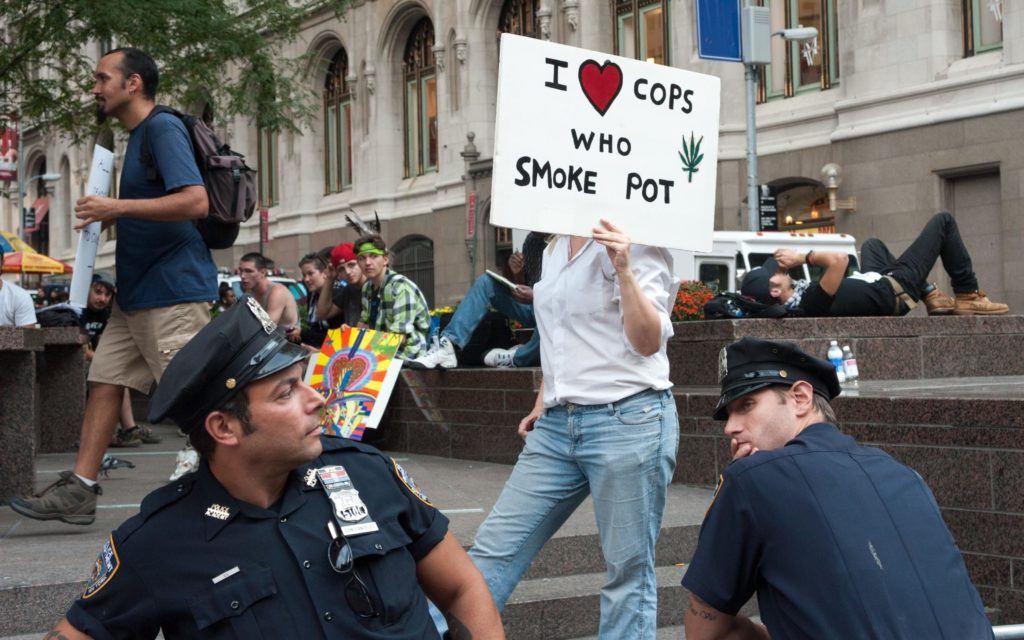Driving while stoned.
It has become one of the more vexing challenges for law enforcement in the era of legalization, with cops across the country struggling to square their jurisdiction’s new cannabis laws with their mandate to keep the roads safe.
The Washington Post detailed how a police department in Maryland, where voters approved a measure legalizing recreational pot last year, are preparing for a potential spike in impaired drivers on their roads.
According to the Washington Post, the Montgomery County, Maryland Police Department holds a gathering two to three times per year.
“Montgomery County brings in marijuana smokers — literally goes to pick them up in police cars — and walks them to the tent outside its training academy so they can get stoned. Bags of Cheetos, bottles of water and plenty of pizza are on the house,” the report said. “Participants are then used as test subjects for officers trying to determine whether someone is too high to drive. That’s not easy. Unlike people who drive drunk, and whose impairment can be quantified by breathalyzers and blood-alcohol tests, it’s more difficult to discern with pot.”
As states and cities have lined up to reform their existing cannabis laws and end the prohibition on pot, law enforcement in those jurisdictions have often had to play catch-up.
In Virginia, which became the first state in the southern United States to legalize recreational cannabis in 2021, officials began exploring options last year to crack down on stoned driving.
“Virginia officials said the ‘oral fluid tests’ under consideration to detect marijuana intoxication are similar to a ‘preliminary breath test’ — a roadside test for alcohol. The test results, while not admissible in court, can help determine when the cannabis was consumed, and can be combined with other factors to get probable cause for extensive blood testing,” the Virginian-Pilot reported in December.
The newspaper also said that officials were considering “changing state law to allow roadside screening devices in which officers and deputies can have a driver swab his or her cheek in order to gather saliva to test for marijuana and other drugs.”
In New York, which legalized recreational cannabis for adults in 2021, officials were said to be “scrambling” last fall as they raced to develop a mechanism to determine whether or not someone is too stoned to drive.
“Identifying drivers impaired by cannabis use is of critical importance…..However, unlike alcohol, there are currently no evidence-based methods to detect cannabis-impaired driving,” read a memo from New York Gov. Kathy Hochul’s office.
The stoned driving simulations in Montgomery County, Maryland might be the most novel effort yet.
The Washington Post’s story provided an account of a “recent session, held on a Thursday night in January, [that] lasted nearly four hours.”
“Participants engaged in a 30-minute ‘consumption session,’ followed by impairment evaluations inside the building, and repeated the cycle. During the second consumption session, officers asked if any volunteers wanted to add alcohol to the mix.
‘Who wants a Bud Light?’ asked Lt. John O’Brien, leaning over a cooler. Then he grabbed a large bottle of booze: ‘Captain Morgan?’…None of the subjects drive home. They return via the cops who brought them. All hold medical-use cards and are reimbursed for the product they ingest.”
The Post said that “Montgomery has been a leader in the cannabis labs program, also called green labs, which experts say appears to be operating in nearly 10 states.”
H/T: www.HighTImes.com



